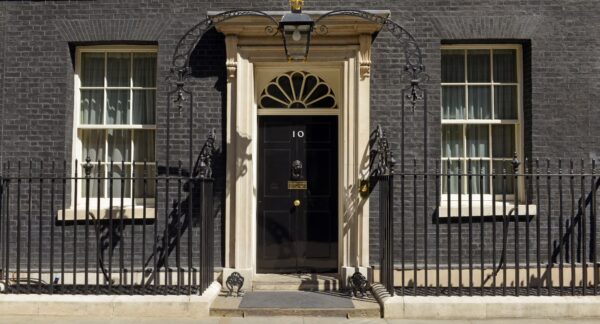Anjali Solanki, 30, lives with congenital muscular dystrophy. She tells us how it affects her body – and mind.
Not being able to walk is normal for me

I was diagnosed with congenital muscular dystrophy when I was about 18 months old. Congenital means ‘from birth’ and my parents noticed that when I was born, I had some physical disabilities, particularly stiffness in the right side of my body. The doctors suspected it could be cerebral palsy but when I had a muscle biopsy done, they discovered that it was actually muscular dystrophy.
The condition predominantly affects the lower half of my body; my legs don’t work as well as my arms, and the shins on my legs are thin, which is due to my muscle wasting away. I’ve never been able to walk – I’ve used a wheelchair since I was four and, before that, a special buggy. Not being able to walk is normal for me.
When I was a kid, I really wanted to be a nurse, but now, after numerous visits, hospitals scare me. Two years ago, I went in to hospital for a sleep study (it’s something people with muscular dystrophy do regularly so the doctors can monitor our muscles) and they noticed my lungs had weakened a little so I now use a cough assist machine to open and close my lungs while I sleep – it looks like a face mask with a tube attached to a machine.
ACADEMIC FEATS
Growing up, I had an electric wheelchair and went to a school for children with special needs. I wish I hadn’t, because I feel that my development has been delayed because of it, but I’ve tried not to let that hold me back.
I liked my mainstream high school much better. I remember when I was in year 9, we were in one of the newly-built cookery rooms and there was a cooker specially adapted for people with wheelchairs – it could go up and down to match my height. It was the first time I’d seen something like that – the world adjusting to me rather than the other way round.
From high school, I did a BTEC in Arts, Design and Media, and then went on to university and left with a degree in television production. I feel happy that I achieved it.
EMBRACING LIFE
After university I tried to apply for jobs, and did the MDUK Moving Up programme to get some practical work experience. If I could do any job in the world, I’d love to be a photography or film director. At the moment, I particularly enjoy photographing animals and flowers/plants.
I volunteer with my local radio station one evening a week, and enjoy going out to concerts when I can, and spending time with friends. I have travelled to places as far as Mexico and America with my family, where we’ve stayed in accessible accommodation.
At the moment I have carers who come to my home three times a day – in the morning, at lunch and in the evening – to help with personal care and mealtimes. The advocacy team at MDUK helped me fight my case for extra carer hours, which now means I can also leave home a couple of times a month to do the things I want to do. Living with muscular dystrophy means I can’t do everything I’d like to do, but I’m living the best life I can


